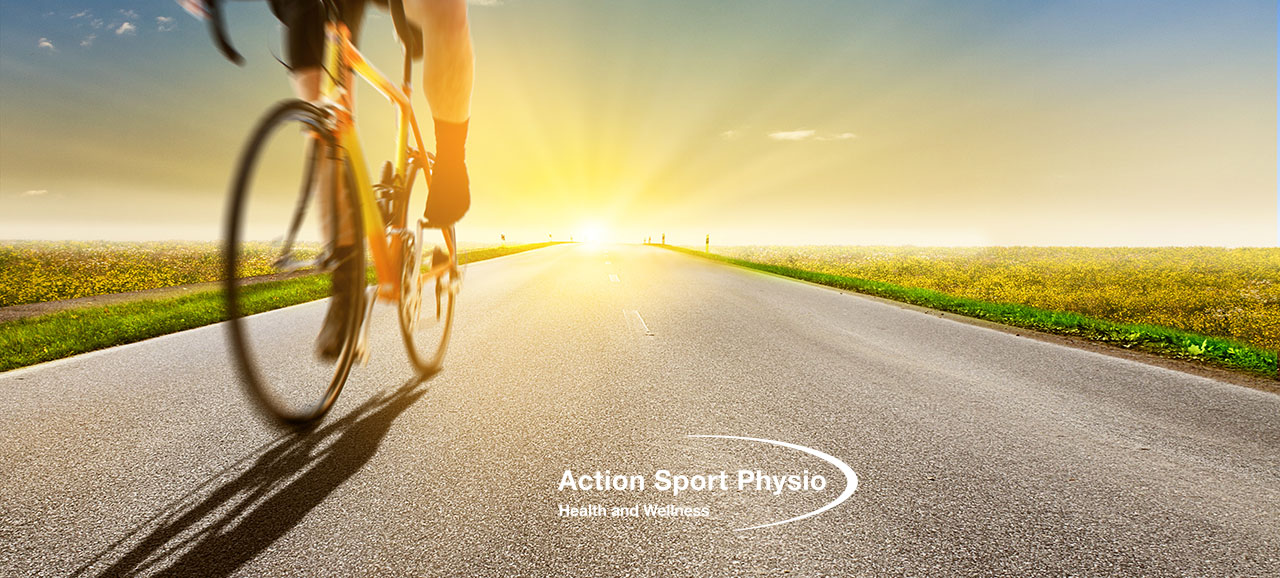It is estimated that 1 in 3 seniors above age 65, and nearly 1 in 2 seniors over age 80, will fall at least once a year, leading to disability. This is not something that should be taken lightly.
Here's the good news. Once you identify your (or your loved one's) risk of falls, there are steps you can take to prevent falls.
Here are a few tips to help you identify whether you or your loved one is at risk for a serious fall.
1. Are you taking multiple medications? Some medications, when mixed, can have side effects like nausea that could increase your risk of falling. If you’re not sure, talk to your doctor.
2. Do you have trouble walking? If you regularly experience dizziness, shortness of breath, joint pain, or any other difficulties when you walk, talk to your doctor.
3. Are you exercising regularly? Regular exercise can help strengthen your muscles and improve your balance and coordination so you won’t feel as unsteady on your feet. If you’re afraid of falling while you exercise, your doctor can refer you to one of our physical therapists, who can supervise your exercises.
4. Are you wearing the right shoes? Walking in shoes that don’t fit properly can increase your risk of falling. Avoiding shoes in favor of stockings is dangerous, too, so try to wear proper-fitting shoes with non-skid soles as much as possible.
5. Is your home full of fall hazards?
- Area rugs might add color to your home and uneven carpets may seem inconspicuous, but they can be a hazard. Make sure they have some sort of slip-resistant backing to them, even if you just use double-sided tape to secure them to the floor.
- Remove clutter from walkways.
- Tape down electrical and phone cards so you don’t trip over them.
- Use non-slip mats in your bath and/or shower.
It’s easy to trip over objects that you can’t see, so make sure that your home is well-lit.
- Use 100-watt bulbs whenever possible (make sure that you don’t exceed the wattage rating on your lamps and other lighting fixtures to avoid a fire hazard).
- Place a lamp next to your bed that you can switch on if you need to wake up at night.
- Install night-lights in your bathroom and hallways.
- Make sure your stairways are lit as well, and turn on the lights before going up or down stairs.
- Keep flashlights in easily accessible places in case you lose power.
Balance Exercises Help Decrease Risk
Your physical therapist can teach you the appropriate balance exercises, which can help prevent falls by increasing your stability. Here are a few you may want to try. For best results, please consult your doctor and physical therapist before your start any exercise routine.
• Standing on one leg:
- Stand next to a chair or desk and hold onto it with both hands
- Maintain your balance on one leg for 5-10 seconds
- Rest and repeat 5 times
- Perform with opposite leg
• Walking heel-to-toe:
- Stand by a wall or in a hallway
- Position your heel just in front of the toes of the opposite foot each time you take a step
- Your heel and toes should touch or almost touch with each step
- Walk 10 feet with as little support from the wall as possible
A WORD OF CAUTION:
If you (or a loved one) feel unsteady on your feet, see one of our skilled physical therapists for reducing your (or your loved one's) risk of falls. Our therapists can also recommend balance exercises that are just right for you, based on your current physical condition. Call us today to learn what we can do for you. Our therapists are standing by to assist you.
Call today to see how we can help you be more mobile and be more independent with your daily activities.

